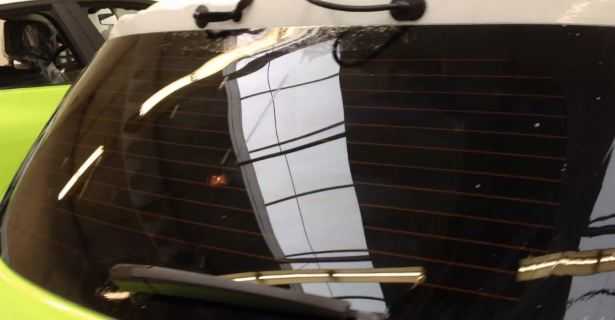 Protective films are in extensive use on windows at homes, offices and automobiles to serve a variety of purposes. Depending on where applied, protective films have unique advantages, but for automobiles there are some restrictions regarding the maximum allowable level of tinting. These regulations are for safe driving and other security concerns.
Protective films are in extensive use on windows at homes, offices and automobiles to serve a variety of purposes. Depending on where applied, protective films have unique advantages, but for automobiles there are some restrictions regarding the maximum allowable level of tinting. These regulations are for safe driving and other security concerns.
Nevertheless, one cannot deny the usefulness of such devices on vehicles. Coatings mainly serve two purposes: for insulation and privacy, described below.
Insulation
These coatings in car windows keep you comfortable inside, as they repel the glare and heat to a large extent. This protects upholstery and other electronic equipment in the car due to filtering of 99% of UV rays, which tend to fade colour and leather, and fry electronics due to intense heat.
As they keep most of the heat away, they also augment insulation. This means that the air conditioner does not need to strain itself to keep up with cooling.
Privacy
The main benefit of a window tint is that it affords you a certain level of privacy while travelling in the car. Depending on how dark the tint is, it is difficult to see the identity of the passengers, even while the occupants can see outside clearly. This property makes these coatings a favourite with celebrities.
These coatings help enhance the look of the car as well. A number of colour options and range of tints are available, notes Cleargard Australia.
Legal Level of Tinting
Australia has strict laws about the permissible level of tint, and each state has a varying provision. In general, though, common specifications state that the front screen should not have any tinting except for the visor strip at the top, and all windows should have at least 35% visible light transmission.
Check the legal level before you tint your car windows. Exceeding the permitted darkness levels means that your car is not roadworthy. In addition, there is only so much dark tinting before it impairs your vision, so balance privacy with safety.

